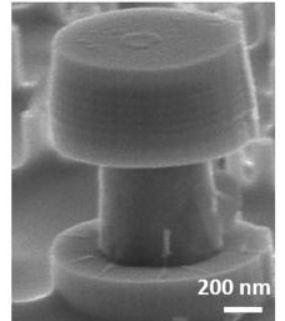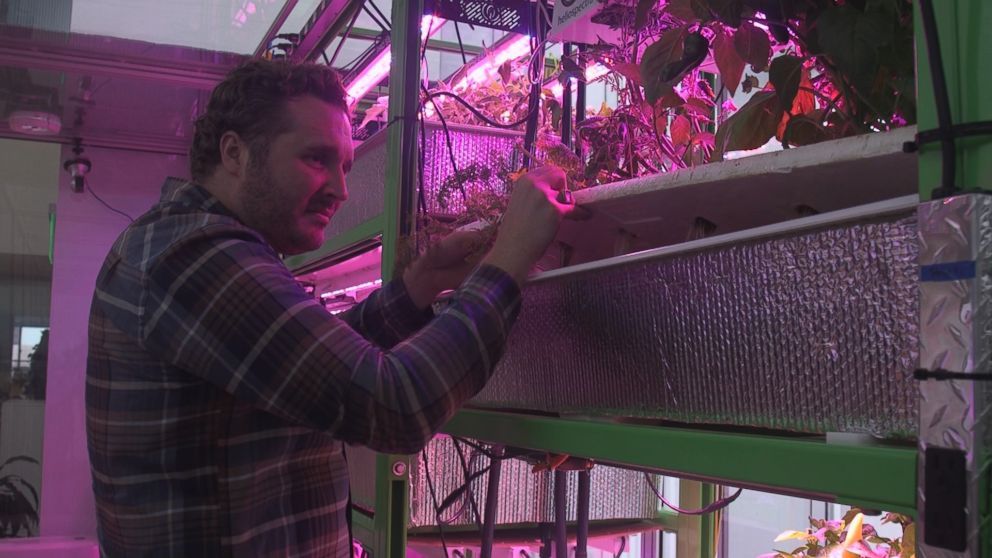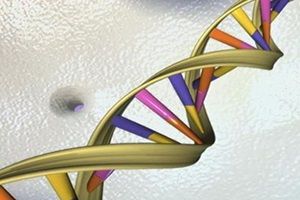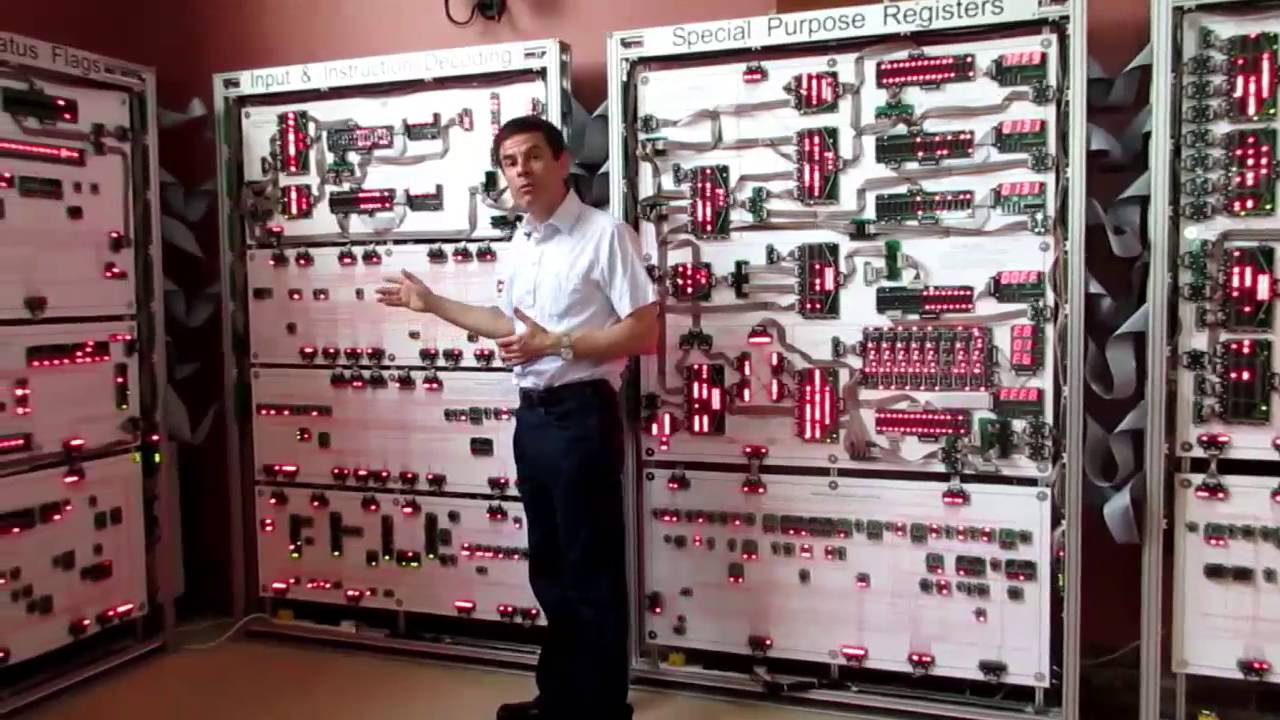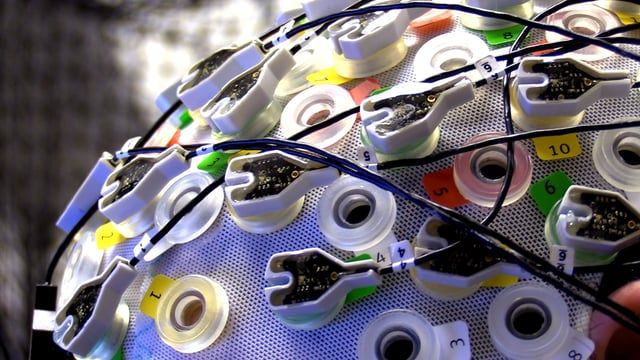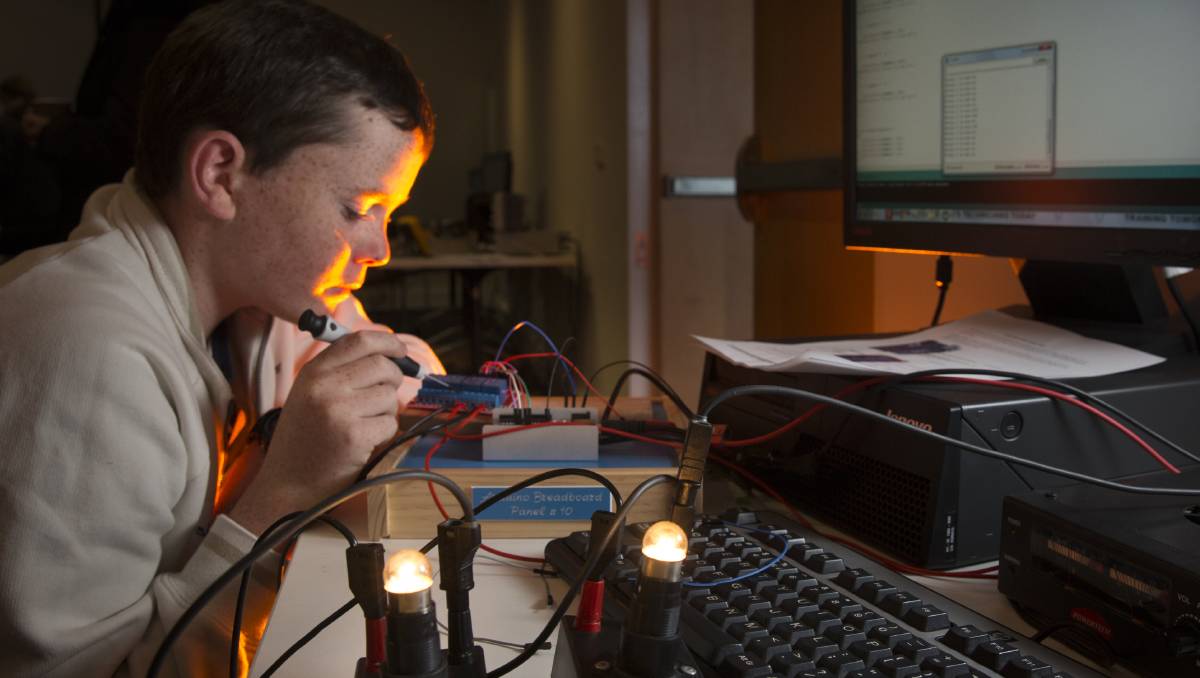Jul 11, 2016
Micron sized onchip quantum dot lasers will enable faster communication and computing
Posted by Karen Hurst in categories: computing, quantum physics
Micron sized onchip making printing and communication faster.
Researchers designed subwavelength micro-disk lasers (MDLs) as small as 1μm in diameter on exact (001) silicon, using colloidal lithography (dispersing silica colloidal beads as hard masks before etching the prepared QD material layers). Micron sized lasers are 1,000 times shorter in length, and 1 million times smaller than current onchip lasers.
A group of scientists from Hong Kong University of Science and Technology; the University of California, Santa Barbara; Sandia National Laboratories and Harvard University were able to fabricate tiny lasers directly on silicon — a huge breakthrough for the semiconductor industry and well beyond.
